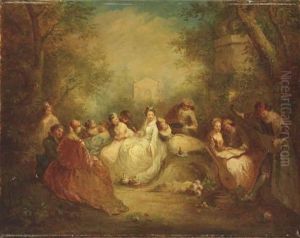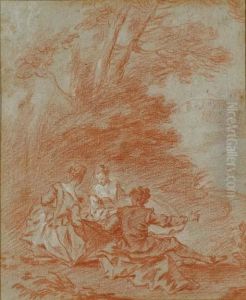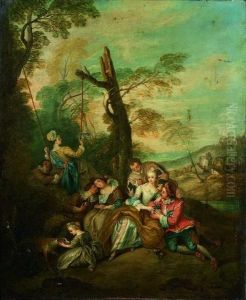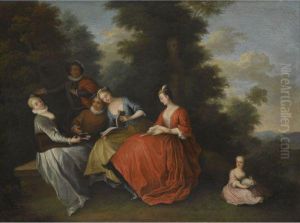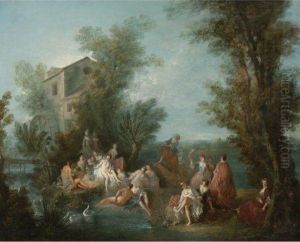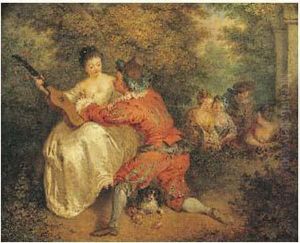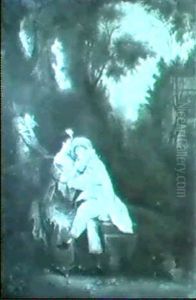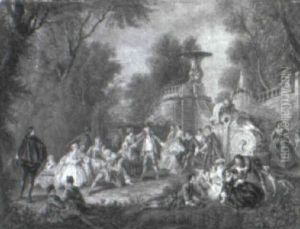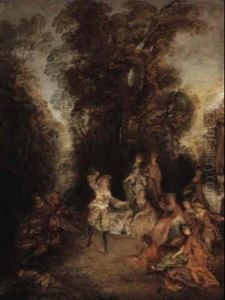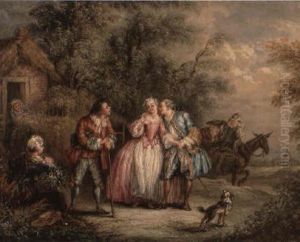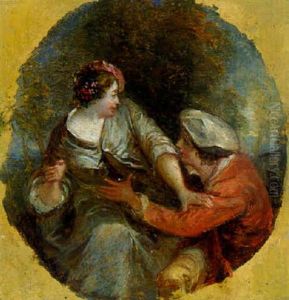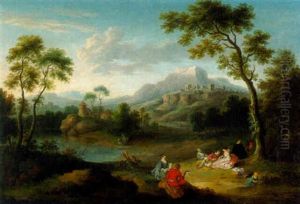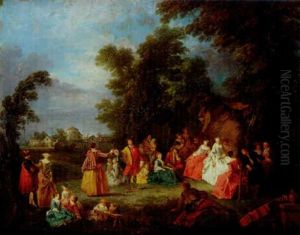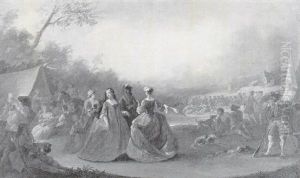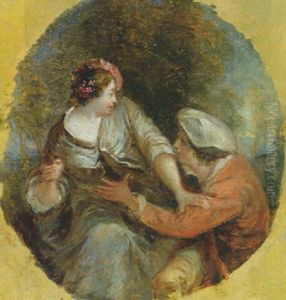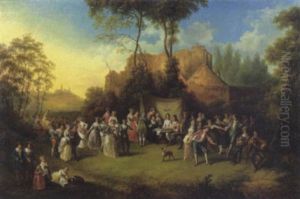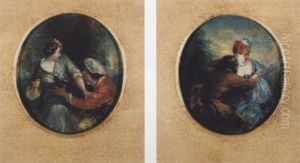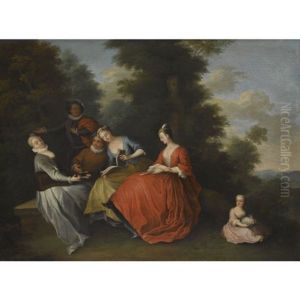Bonaventure De Bar Paintings
Bonaventure de Bar was a relatively obscure French painter, born in 1700 in Amiens, France. Little is known about his early life or artistic training, but it is believed that he may have been a student of the more prominent French artist Jean-Baptiste-Siméon Chardin. Despite the lack of detailed records, De Bar's work did contribute to the art world of the time, particularly through his genre paintings and portraits which reflect the Rococo style that was popular during the early 18th century.
His career was unfortunately short-lived, as he died at the young age of 29 in 1729. Because of his early death, De Bar's body of work was relatively small, and his contributions have often been overshadowed by his contemporaries. Nevertheless, his existing works suggest that he had a keen eye for detail and an ability to capture the nuances of everyday life, much like Chardin. His paintings typically feature domestic scenes, still lifes, and characters from various strata of society, rendered with a soft, delicate touch and a warm palette.
The brevity of Bonaventure de Bar's life and career has led to a scarcity of his works, and as a result, they are seldom seen in major museum collections or prominent art galleries. However, for those interested in the Rococo period and the evolution of French painting, De Bar’s work remains of interest. Scholars sometimes examine his paintings to better understand the lesser-known artists of this era and to appreciate the range of talents that contributed to the rich tapestry of 18th-century French art. Despite his obscurity, Bonaventure de Bar is a testament to the many artists whose lives and works have only been partially illuminated by the historical record.
